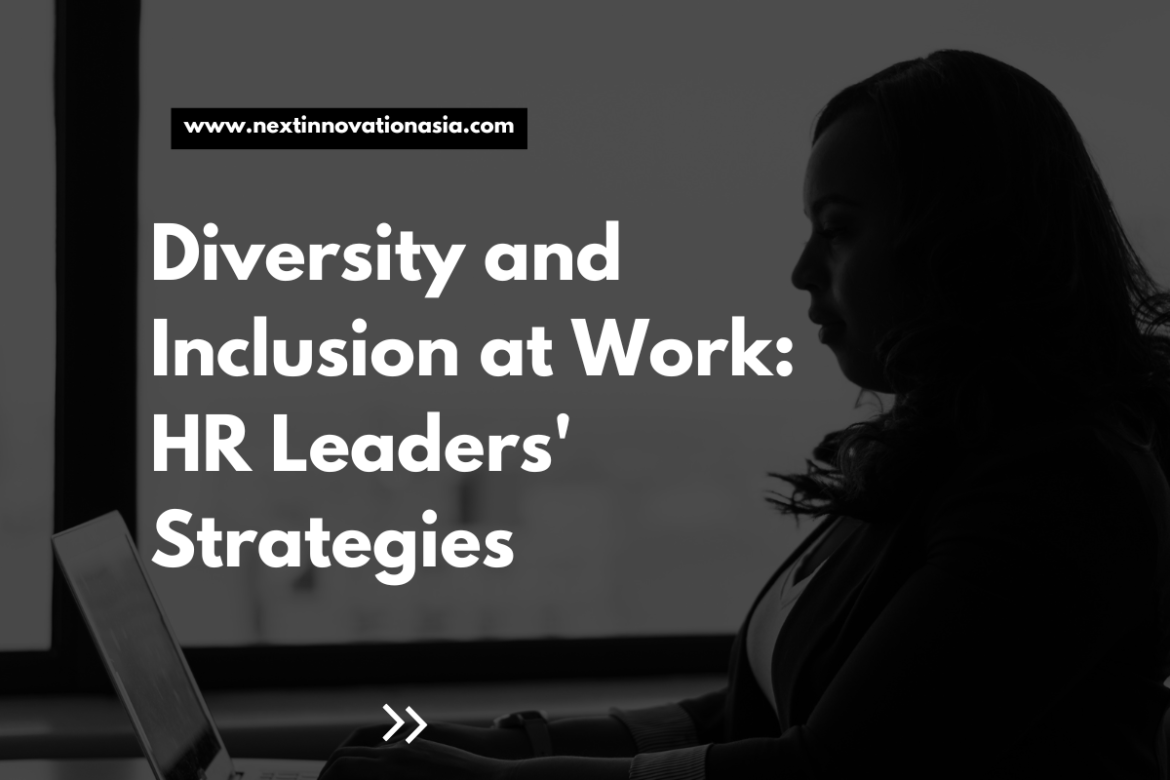Diversity and inclusion are crucial components of a thriving and successful workplace. HR leaders play a pivotal role in promoting and fostering diversity and inclusion within their organizations. Here are some strategies for HR leaders to drive diversity and inclusion initiatives:
- Establish a Clear Diversity and Inclusion Policy: Develop a comprehensive policy that outlines the organization’s commitment to diversity and inclusion. Communicate this policy to all employees and ensure that it aligns with the company’s values and goals.
- Conduct Bias Training: Provide mandatory training sessions for all employees, including managers and executives, to raise awareness about unconscious biases and their impact on decision-making. Equip employees with tools to mitigate bias and create a more inclusive work environment.
- Implement Diverse Recruitment Practices: Review and update recruitment processes to attract a diverse pool of candidates. Expand sourcing channels, review job descriptions for bias, employ diverse interview panels, and establish partnerships with diverse organizations or institutions to attract underrepresented talent.
- Foster Inclusive Leadership: Train managers and leaders to be inclusive in their decision-making, communication, and team management. Encourage leaders to create an environment that values diverse perspectives and encourages collaboration.
- Employee Resource Groups (ERGs): Support and encourage the formation of ERGs within the organization. These groups provide a platform for employees with shared characteristics or experiences to connect, support one another, and promote diversity and inclusion initiatives.
- Promote Inclusive Communication: Emphasize the importance of inclusive language and respectful communication within the organization. Provide guidelines and training to ensure that employees understand how to communicate effectively and respectfully across diverse backgrounds.
- Review Policies and Practices: Regularly assess existing policies and practices to identify any potential biases or barriers that hinder diversity and inclusion. Make necessary adjustments to promote a more inclusive workplace, such as revising dress codes, leave policies, or accommodation procedures.
- Measure and Track Progress: Establish metrics and key performance indicators (KPIs) to track progress on diversity and inclusion initiatives. Regularly review and analyze data to identify areas of improvement and celebrate successes. Use this data to inform decision-making and allocate resources effectively.
- Support Career Development and Advancement: Implement programs and initiatives that provide equal opportunities for career development and advancement for all employees. Offer mentorship programs, sponsorship opportunities, and training programs that address potential biases and support the growth of underrepresented groups.
- Create a Safe Reporting System: Establish a confidential and safe reporting system for any incidents of discrimination, harassment, or bias. Ensure that employees feel comfortable reporting such incidents and that appropriate action is taken promptly.
By implementing these strategies, HR leaders can drive meaningful change, create a more inclusive work environment, and reap the benefits of a diverse workforce, including improved innovation, creativity, and employee satisfaction.

